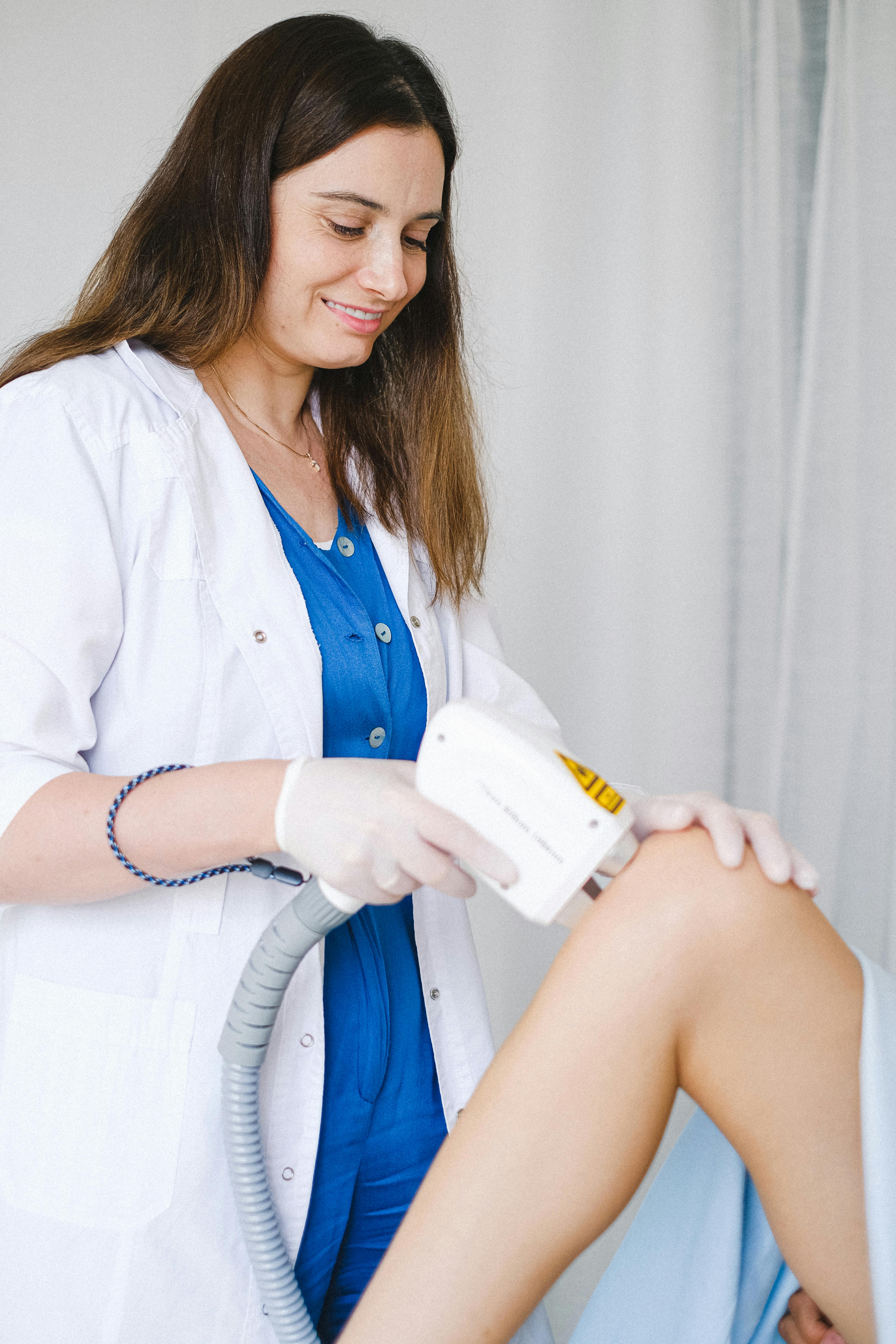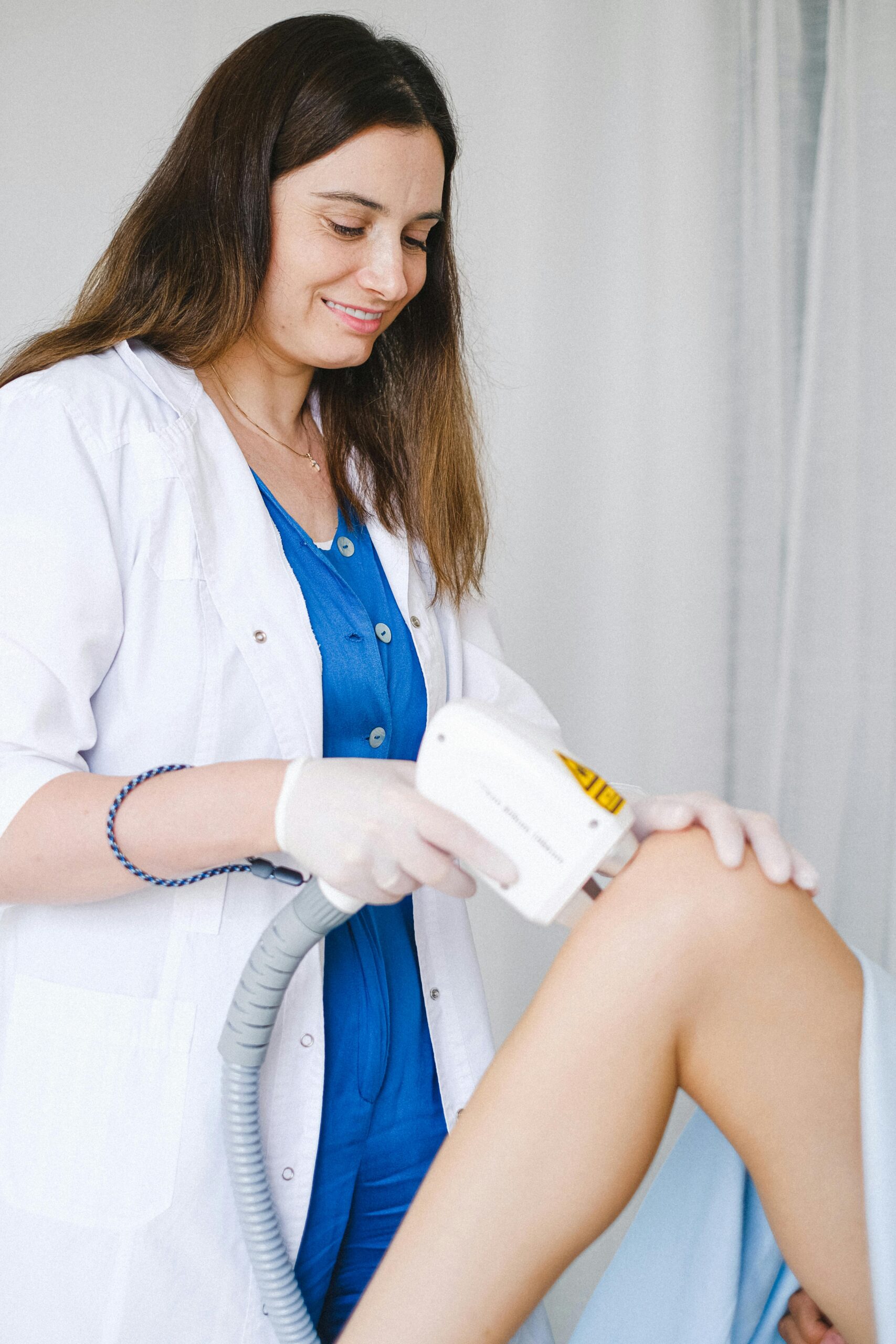How to Find Low-Cost Dental Care: A Complete Guide
Taking care of your dental health is crucial, but for many, the cost of dental care can be a significant barrier. If you’re wondering how to find low-cost dental care, you’re not alone. The good news is that there are numerous ways to maintain your oral health without spending a fortune. This article will guide you through the process of finding affordable dental care options that suit your budget and needs.

Understanding the Fundamentals of Low-Cost Dental Care
Before diving into the specific ways to access affordable dental care, it’s important to understand the basics. Dental services can be expensive, especially if you don’t have insurance. However, knowing where to look and what options are available can significantly lower your costs.
The key to finding low-cost dental care lies in exploring various resources and programs designed to offer assistance to those in need. Understanding what these programs cover and how they work is the first step toward accessing dental services without draining your wallet.
1.1 Low-Cost Dental Insurance Options
Many people assume that dental insurance is out of their reach due to high premiums, but there are affordable dental insurance plans available. These plans typically cover preventive care like checkups and cleanings and may also offer discounts on procedures such as fillings and crowns.
It’s worth researching insurance providers that specialize in low-cost dental plans, as they may offer significantly cheaper premiums compared to traditional health insurance. Some programs even allow you to pay a small monthly fee and receive discounted services from a network of participating dentists.
1.2 Community Health Centers and Nonprofit Organizations
Another great way to access low-cost dental care is through community health centers and nonprofit organizations. These centers often offer dental services on a sliding scale, meaning the cost is based on your income.
Many community clinics also offer free or reduced-cost dental care for individuals who qualify. This is a great option for people without insurance or those looking to minimize their dental expenses while still receiving high-quality care.
Practical Implementation Guide
Now that we’ve covered the basics of finding low-cost dental care, let’s take a look at how to implement these options in real-life scenarios. This section will walk you through actionable steps you can take to access affordable dental services today.

2.1 Actionable Steps for Finding Low-Cost Dental Care
- Step 1: Research Low-Cost Insurance Plans – Start by researching affordable dental insurance plans that offer discounts on preventive and restorative dental care.
- Step 2: Explore Community Health Clinics – Look for local community health centers or nonprofit organizations that provide dental services at reduced rates. Many of these centers also accept Medicaid and other state-funded insurance programs.
- Step 3: Utilize Discount Dental Programs – Consider signing up for discount dental programs that offer savings on services like cleanings, exams, and more expensive treatments like fillings and crowns.
2.2 Overcoming Challenges in Finding Affordable Dental Care
While finding low-cost dental care is possible, there are some common obstacles to watch out for. Here are a few challenges and solutions to help you navigate them:
- Limited Availability: Some affordable dental programs may have long waiting lists or limited availability, especially in rural areas. To combat this, consider scheduling appointments in advance or finding a network of dental providers offering discounts.
- Income Requirements: Many programs, such as sliding-scale clinics, require proof of income. If you don’t have steady income documentation, ask about alternative ways to qualify for assistance.
- Geographical Restrictions: Certain low-cost dental care options may only be available in specific regions. If this is the case, look for mobile dental units or outreach programs that travel to underserved areas.
Advanced Applications for Affordable Dental Care
Once you’ve explored the basic options for finding low-cost dental care, you may want to dive deeper into more advanced techniques. These methods can help you save even more money while receiving high-quality dental services.

3.1 Utilizing Dental Schools
Dental schools can be a fantastic resource for affordable dental care. Many dental schools offer low-cost services performed by dental students under the supervision of experienced faculty members.
While the procedures may take a bit longer, the quality of care is often just as good as what you’d receive at a regular dental office. This is a great option for individuals seeking high-quality care at a fraction of the cost.
3.2 Exploring Government Assistance Programs
In addition to community health centers, there are government programs that provide dental services at low or no cost to eligible individuals. Medicaid and the Children’s Health Insurance Program (CHIP) offer dental coverage for low-income families and individuals.
If you are eligible for these programs, you can access preventive care, fillings, extractions, and sometimes even dentures or orthodontic treatments. It’s worth exploring your eligibility and applying if you meet the requirements.
Future Outlook on Low-Cost Dental Care
As the cost of healthcare continues to rise, the demand for low-cost dental care options is likely to increase as well. In the next 3-5 years, we can expect to see more innovative solutions that help reduce the financial burden of dental care.
New technologies such as teledentistry, which allows patients to consult with dentists remotely, may help make dental care more accessible and affordable for people in underserved areas. Additionally, advances in preventive care and early intervention could help reduce the need for expensive treatments in the future.
Conclusion
Finding low-cost dental care may seem challenging, but it’s entirely possible with the right approach. By exploring insurance options, community health centers, dental schools, and government programs, you can access affordable care and maintain your oral health.
Take action today by researching local resources and signing up for discount dental plans to start saving on dental services. Your oral health is important, and with these strategies, you can get the care you need at a price you can afford.
Frequently Asked Questions
- Q: What are some of the cheapest dental insurance plans available? There are several affordable dental insurance plans that focus on preventive care. Research plans that offer discounts on cleanings, checkups, and common procedures.
- Q: How can I find a community health clinic with dental services? Use online resources or visit local government websites to find community health clinics that offer dental services on a sliding scale.
- Q: How long does it take to get an appointment at a dental school? Appointment times at dental schools can vary. It’s best to book well in advance and be prepared for longer wait times.
- Q: Are there free dental care programs? Many nonprofit organizations and government programs offer free or low-cost dental care, especially for low-income individuals and families. Check eligibility requirements before applying.
- Q: How does Medicaid cover dental services? Medicaid offers dental coverage for qualifying low-income individuals. Coverage varies by state, but it typically includes preventive care, fillings, and some surgical procedures.
- Q: Is it safe to use discount dental programs? Yes, as long as the discount program is reputable and affiliated with licensed dentists. Always verify the credentials of participating providers.
- Q: Can dental insurance cover major procedures like implants? Some low-cost dental insurance plans offer limited coverage for major procedures like implants, though it may require an additional premium or higher out-of-pocket costs.
